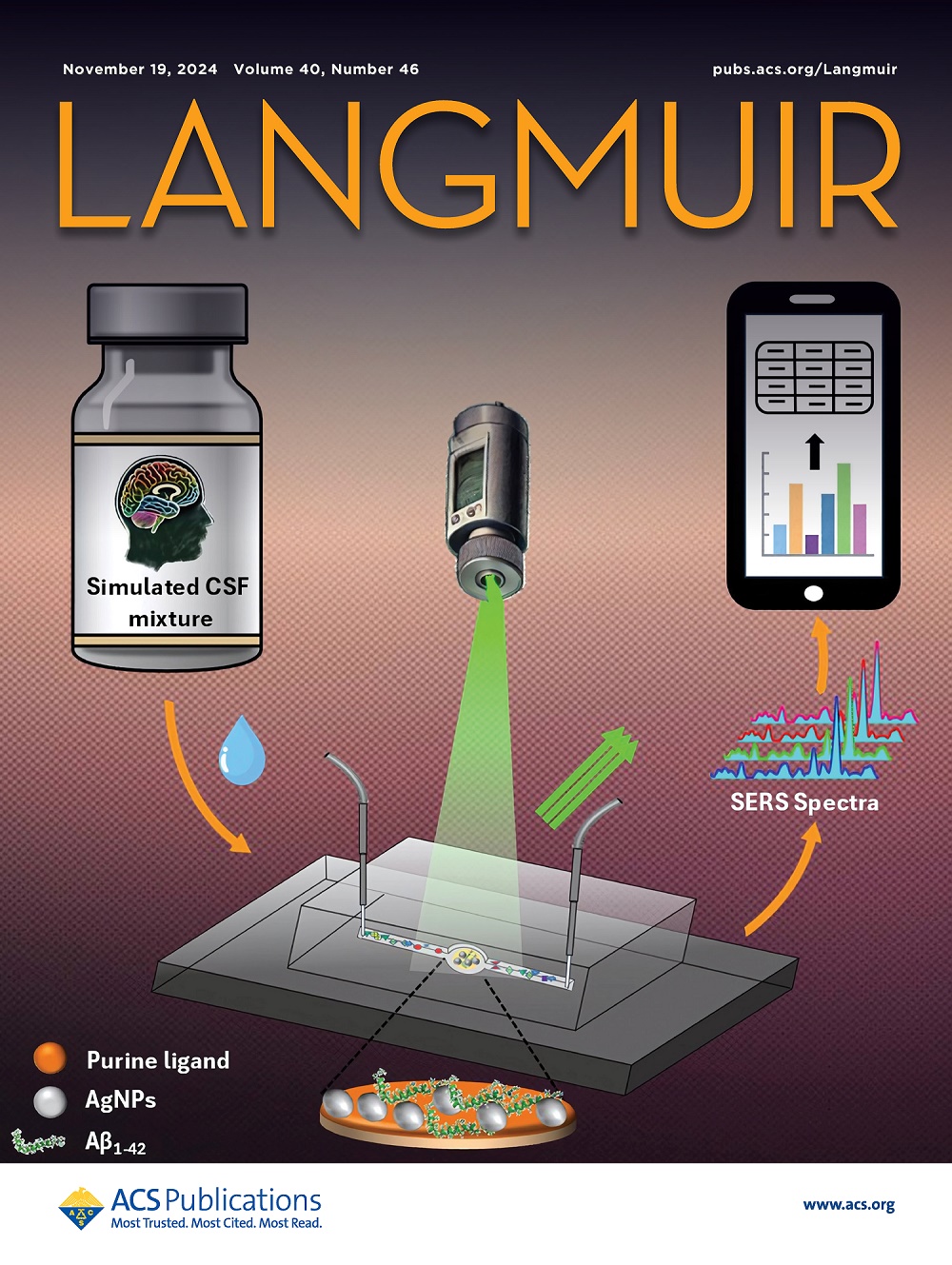Optimization of Material Composition for Improving Mechanical Properties of Fly Ash-Slag-Based Geopolymers: A Deep Learning Approach
IF 3.7
2区 化学
Q2 CHEMISTRY, MULTIDISCIPLINARY
引用次数: 0
Abstract
Geopolymer is regarded as a novel type of eco-friendly material that may replace cement. To improve the prediction accuracy of mechanical properties of fly ash-slag-based geopolymer (FASGG), as well as optimize material composition and mix design, this study utilizes seven key parameters as variables, and compressive and flexural strengths were as outputs. Deep learning techniques were applied to train and predict 600 sets of experimental data, developing a novel predictive model of MK–CNN–GRU, which integrated Maximal Information Coefficient-K-median algorithm, Convolutional Neural Network, and Gated Recurrent Unit algorithms. Results indicated that the ranking of input parameters which were related with compressive strength was curing age, Ca/Si ratio, fly ash-to-slag ratio, Si/Al ratio, water-to-binder ratio, alkali activator modulus, and alkali equivalent. Three classical models were selected as benchmarks for predicting compressive strength at different curing ages. The MK–CNN–GRU model could fully exploit the internal features of experimental data and learn its variation patterns, resulting in more stable predictive performance. An ablation study of the submodels confirms that MK–CNN–GRU model considers temporal dependencies, long- and short-term features, as well as local dependencies and hierarchical feature representations within the data. Experimental data suggested an exponential relationship between flexural and compressive strengths of FASGG. The predictions for flexural strength indicated that the MK–CNN–GRU model effectively captured variations, demonstrating good generalization ability and applicability. This model enhances the estimation accuracy regarding the mechanical behavior of FASGG, offering a theoretical framework for refining its composition and mix design.

求助全文
约1分钟内获得全文
求助全文
来源期刊

Langmuir
化学-材料科学:综合
CiteScore
6.50
自引率
10.30%
发文量
1464
审稿时长
2.1 months
期刊介绍:
Langmuir is an interdisciplinary journal publishing articles in the following subject categories:
Colloids: surfactants and self-assembly, dispersions, emulsions, foams
Interfaces: adsorption, reactions, films, forces
Biological Interfaces: biocolloids, biomolecular and biomimetic materials
Materials: nano- and mesostructured materials, polymers, gels, liquid crystals
Electrochemistry: interfacial charge transfer, charge transport, electrocatalysis, electrokinetic phenomena, bioelectrochemistry
Devices and Applications: sensors, fluidics, patterning, catalysis, photonic crystals
However, when high-impact, original work is submitted that does not fit within the above categories, decisions to accept or decline such papers will be based on one criteria: What Would Irving Do?
Langmuir ranks #2 in citations out of 136 journals in the category of Physical Chemistry with 113,157 total citations. The journal received an Impact Factor of 4.384*.
This journal is also indexed in the categories of Materials Science (ranked #1) and Multidisciplinary Chemistry (ranked #5).
 求助内容:
求助内容: 应助结果提醒方式:
应助结果提醒方式:


